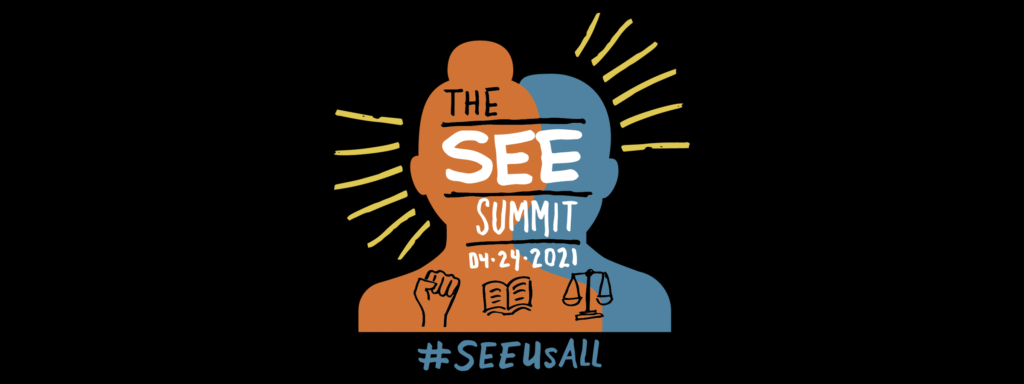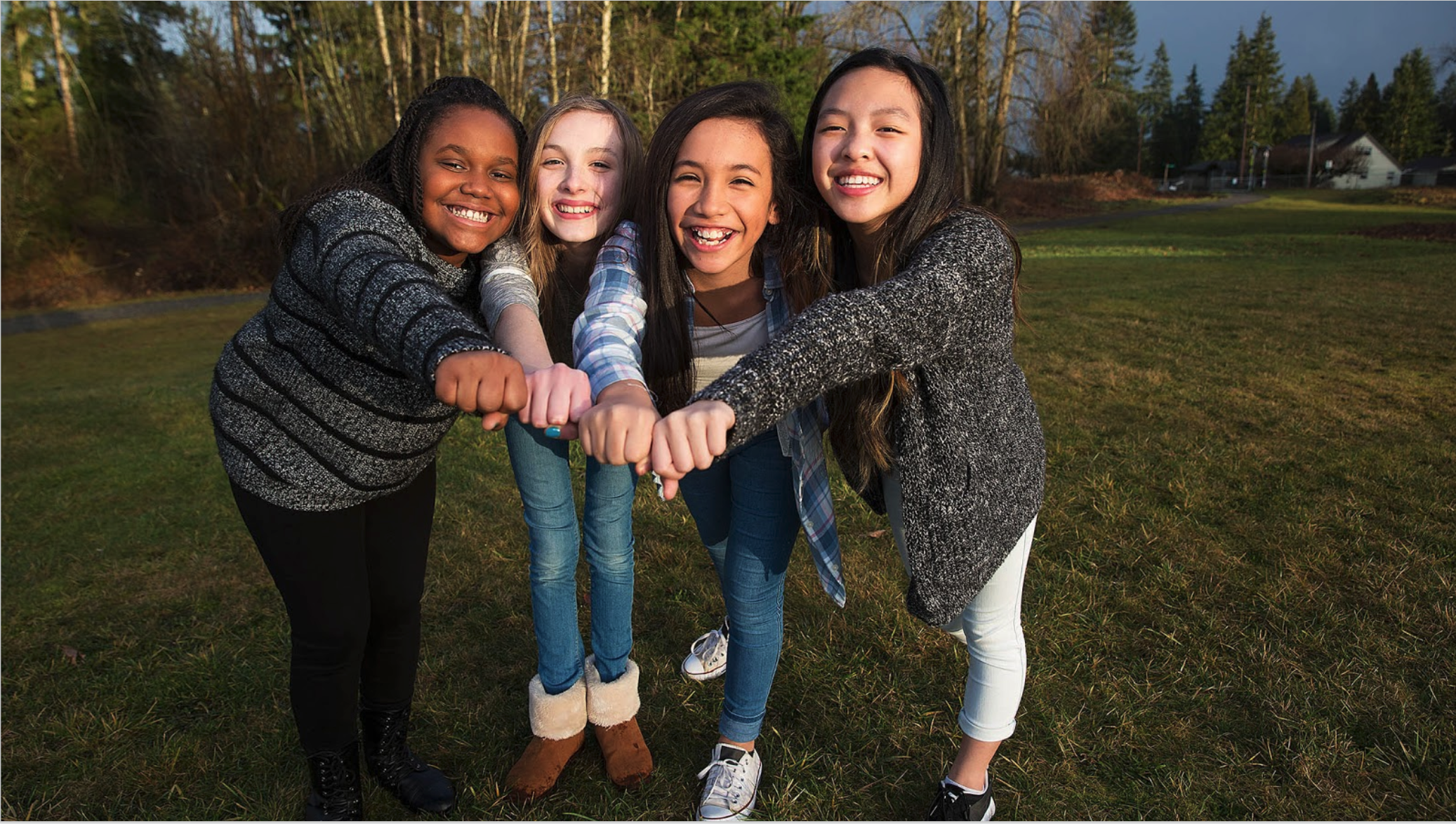“You have to be at the table to design the system to work for you.” – Dr. Bettina Love
Superintendent of Middletown City Schools, Marlon Styles, opened up the student panel of speakers at the League of Innovative Schools convening by encouraging his fellow superintendents and school leaders to take Dr. Love’s message to heart and listen to the students so that they can better design for them.
Over the course of two hours, we had the privilege to learn from the stories, perspectives, and passion of 6 students in schools around the United States. They were articulate, inquisitive, and strong communicators. This is a testament to the work that educators have done and continue to do throughout the pandemic and yet their stories illuminated the hardships, inequity, and what is possible when we create opportunities not only for students to survive but to thrive.
The path that is ahead of us becomes so much clearer when we listen to students to understand what they experience and see if the intention of our actions actually makes the impact we desire. The following are key insights that surfaced as students shared and the adults listened and reflected without defense or judgment, but with a sincere desire to understand and do better.
It’s not the technology alone, it’s how you use the technology to support, connect, and accelerate learning.
Isabel, a high school senior, highlighted for leaders that Google classroom is good as a complement to an actual classroom, but if it’s a substitute to a classroom it’s horrible.
Royd Darrington, Assistant Superintendent in Juab School District, Shared, “ I love that Isabel mentioned that “Technology was just half the issue” We have to address the art of teaching and instruction to better support our students in learning in very diverse environments. Lack of appropriate instruction creates wasted work or expectations on students and puts a greater workload on the tech system. Remember we want to be at the intersection of technology and humanity.” His reflection captures the power of listening and making decisions based on student’s experiences.
Design something new and better, don’t just replicate existing models.
When the students were asked how they would redesign their experience, Andrea encouraged us to create more classes for extra support and provide time for office hours and small group or individual tutoring rather than simply a whole-class format.
Ashley acknowledged the opportunity and the need to rethink the use of time- especially for older students. She shared, “When we have to work we are penalized for not showing up for class. I stay up until midnight doing homework but seat time is being counted, not the learning. It would be better if you let students figure out the pathway instead of forcing them to sit in class when they probably aren’t paying attention anyway.” She appreciated teachers who would record the lessons on Zoom or use Edpuzzle to let students do it at their own time instead of just being “out of luck” if you don’t come to the virtual class.
Susan Enfield, Superintendent of Highline Public Schools, is designing a virtual school like many who want to create more options for diverse populations and she gained valuable perspectives on how to design something new and better:
“I so appreciate the insights from these students. My big takeaway: even for students who were successful in distance learning, distance learning has significant limitations when it is used as a mere substitute for in-person. For those of us launching virtual academies in the fall, we need to be sure we are envisioning a bold, student-driven instructional model. Not replication of hybrid.”
Equity of access limits opportunities.
When Isabel shared her experience that despite efforts nothing worked because “hotspots don’t work in my area and Chromebooks are laggy.”
Ashley agreed, “Not all LTE is equal (networks or devices). Needless to say, “free” does not usually equal “best”. Hotspots come in different categories of LTE (speeds, coverage) and networks can vary neighborhood by neighborhood.”
Amanda also noted that the lack of resources to engage in synchronous classes was very challenging and encouraged leaders to not just think about providing the minimum to function but instead the minimum to thrive noting that, “If it doesn’t work for everybody, it doesn’t work.”
Federal Communications Commission Acting Chairwoman Jessica Rosenworcel believes that the future belongs to the connected and is a fierce advocate for ensuring all students have high-quality access. She is working to create opportunities at the federal and acknowledges that “We can’t do better in education if we don’t do a better job listening and understanding students.”
See them, Know them, Grow them
I love attending the League of Innovative Schools convenings– not only because of the great leaders and learning– but because every single time we meet we visit schools, listen to students. Even though it was virtual this year, the focus on learners and bring them to the center of the conversation was profound as always.
It was a powerful reminder that we often see students for what they look like, what they do, and how they act but do we see their aspirations and see them for what they can become? Check out these powerful videos.
There is no better way to understand what’s working, their needs, their dreams than creating opportunities to listen to students and really see them. The SEE Summit hosted by Digital Promise is a an amazing opportunity to listen to students and open to everyone! It’s on 4/24 from 8-11 PT and FREE. You can sign up here. These students are thoughtful, articulate, and have so much insight to offer. You just have to show up with an open mind and listen. See you there!




The best thing I have done over the past year is listen to my students more. Listening to how they feel about what their school looks like. I found it so interesting to hear what they liked about the changes and what they would like to go back. They also came up with some amazing ideas to make things better as we go back to “normal”